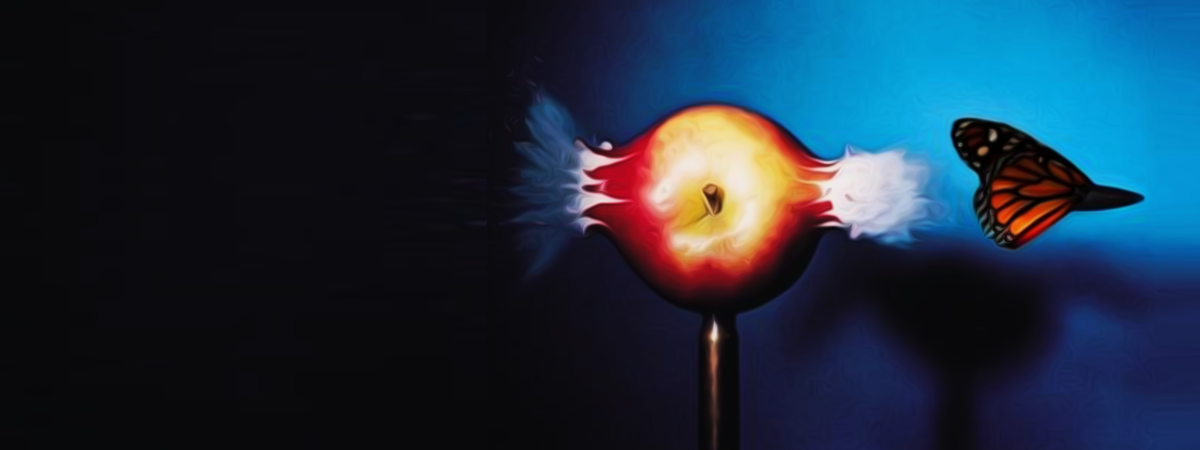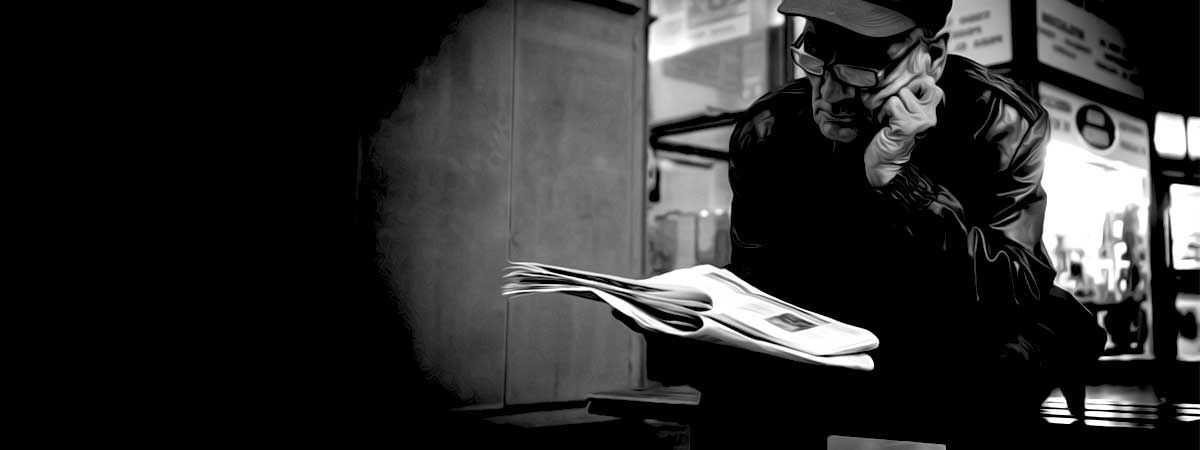The real work of social innovation is to fix our broken human systems. The way to do that is by inviting real diversity into our lives; seeing and then removing the boundaries between us. It might look something like this:
Memories from the week before Thanksgiving include pink sunrise skies with clouds like bubbles on a strawberry milkshake; a gentle, high-ranking Californian prison official spinning the fiercely strong president of an African trauma-counseling organization on an impromptu dance floor; a wealthy American heiress from the last century and her yellow villa on a hill; stories of fish nibbling on dead bodies floating down a river.
The real work of social innovation is to fix our broken human systems. Tweet This Quote
I spent the week in Bellagio, Italy, facilitating a conversation about how to bring peace and resilience to former prisoners and the communities to which they are returning in California and Rwanda. In California, due to overcrowded prison facilities, an unprecedented number of inmates are being released back into society. Next year in Rwanda, thousands of genocidaires will be coming home to the villages where they committed their crimes. The gathering was organized, and led, by Jared Seide of the Center for Council and Dr. Laurie Leitch of Threshold Global Works.
The participants were male and female, young and not so very, soft-spoken and outspoken, African, Hispanic, Caucasian, each one remarkable and accomplished. Every individual was an entire universe of particular history, hard-won world view, intimate wounds and personal dreams of healing. Not merely because of culture and gender, but because of their wildly asynchronous lives, it is difficult to imagine a more diverse group of nineteen people; yet we were never only nineteen souls. Every person there brought other spirits into the room: all the people touched through their work; inside prisons, newly out of prison, adjusting to a former prisoner’s return; brothers and sisters and children and neighbors who were victims of genocide. For three days and three nights, within the gated and guarded Rockefeller estate, it was a world in which many worlds existed.
Boundaries are physical, geographical, cultural, tribal, hierarchical, economic, gender-based, generational. They are also psychic, emotional, instinctual, historical; formed by different ways of seeing, caused by blindness to what someone else sees. They can divide millions of people, or at the personalized scale of individual identity, they can separate person from person, one at a time.
Gary Younge writes about identity as boundary in his book, Who Are We. He says that identity is like fire, essential for warmth, yet dangerous:
It is at the forefront of some of the most inspiring achievements in world political history, whether it be women’s suffrage, the end of apartheid or advances in gay rights. But it has also taken center stage in the most lurid moments of global affairs—the holocaust, and the wars in Rwanda, Bosnia, Darfur and the Democratic Republic of Congo.
The truth can be a dangerous implement in a room of people you know well Tweet This Quote
Facilitation requires removing certain boundaries, and creating others. Participants arrive contained within their individual identities; in order to create together, a common identity for the group needs to be developed that, at least for the time they are together and hopefully beyond, supersedes or permeates the walls they brought in with them. There are multiple ways to do this: warm-up exercises that encourage people to be present and leave behind what they left behind; beyond that there is a need to guide the group to a common vision; a shared sense of purpose for what can be accomplished together that none could do alone.
Facilitation necessitates the creation of boundaries, as well, in that a facilitator needs to be part observer, somewhat removed, feeling all that’s going on, but never getting lost in it. Facilitators empty themselves out a bit, learn to quiet their own opinions, to see and hear and leave room for whatever it is that emerges from the collective will of the group. There is a balance between maintaining forward momentum toward the goal—putting to use the tensions that emerge and energy that rises and falls—and conversely, imposing too much structure. Over-facilitation constricts creativity, brittle direction gets in the way of the flow of ideas.
In contrast to our diverse group in Bellagio, I have facilitated many teams of executives from the same corporation or the same industry (or the same age or gender). It’s a challenge to make people comfortable enough to open up; difficult to get them to put aside what they think they already know in order to hear, or say, something new. They bring pre-formed attitudes about what the outcome should be, who will dominate, who will be heard; what will or won’t become of ideas hatched or decisions made. The truth can be a dangerous implement in a room of people you know well, and in a hierarchical organization, there is a lot to lose. What often emerges is new only within a predetermined context, which is still another boundary in itself.
In 2008, the Cooper Hewitt exhibit, “Design for the Other 90%” opened people’s eyes to new possibilities for design, with a show of remarkable objects created to serve the majority of human beings around the world who live in poverty. There were elegant products for purifying water, cooking without toxic smoke, lighting homes and villages at night, growing cash crops during times without rain, delivering babies in remote villages without electricity.
It is our work to live together in our own real worlds, continue to take the arbitrary boundaries down, and create healthy human systems. Tweet This Quote
The experience in Bellagio reminded me of that breakthrough exhibit, but as a portent of another boundary that design can help overcome: the shift from what we might make that will solve human problems, to how, and where, we need to listen in order to redesign the broken human systems that cause them: those invisible forces of identity and relationships that drive unsustainable and unjust behavior at both massive and personal scale.
Peter Senge said that, “All boundaries, national boundaries included, are arbitrary. We create them and then ironically, we find ourselves trapped within them.” Before our group came together in Italy, there was every type of seemingly unbreachable boundary between us. On the shore of Lake Como, everyone put their day-job selves and boundaries, aside, coming together to help make peace where there was violence. The territory we covered felt new and precious and whole because so many views into it were represented in the room. Each of us, I think, felt lucky to be in the presence of the others. We were truly together at Bellagio, and the differences between us were less than our common goals.
It is our work, now that we’re all back home, to live together in our own real worlds, continue to take the arbitrary boundaries down, and create human systems that are healthy for everyone.



